Drawing on a background in fashion and embroidery Solenne Jolivet’s supremely tactile, geometric and ordered pieces bring focus to the thread. She tries to make the supporting structure disappear and allow the thread to take centre stage, sometimes mixing in paint or dye bringing the interwoven threads even further into the foreground.
After her education in Fashion, Design and Embroidery the fashion industry called. For several years Solenne worked in Italy and France for the companies Taroni, Hermes and Carven. In 2017, she became fuelled by a desire to produce art showcasing the thread, rather than simply being satisfied with using embroidery as a decorative technique. She took the leap and became a freelance Textile Artist and Embroiderer, working on projects with haute couture clients including Louis Vuitton, Dior, Yves Saint Laurent and Schiaparelli, while also developing her own body of work.
Her recent exhibitions in Paris include “Graphic design in Textile Art” at the Fibery Gallery in 2019, the ‘Falls’’ series exhibited at the Gentilly Biennale Festival (Contemporary Art Fair) in 2019 and ‘‘Between embroidery and lace’’ samples exhibited at Interfilière, International Fair of Lingerie in 2018. Solenne also exhibited during ‘‘FashionTech’’, City of Fashion and Design, Paris in 2017.
In this interview, find out how Solenne found that in the fashion industry drawing precedes embroidery and is fundamental in guiding decorative stitch work. Discover how, as a textile artist, she has been able to explore how drawing and embroidery can build on each other, and how to use light and colour as essential components of her work. Solenne also shares her love of research and sampling as a way to define her own style.
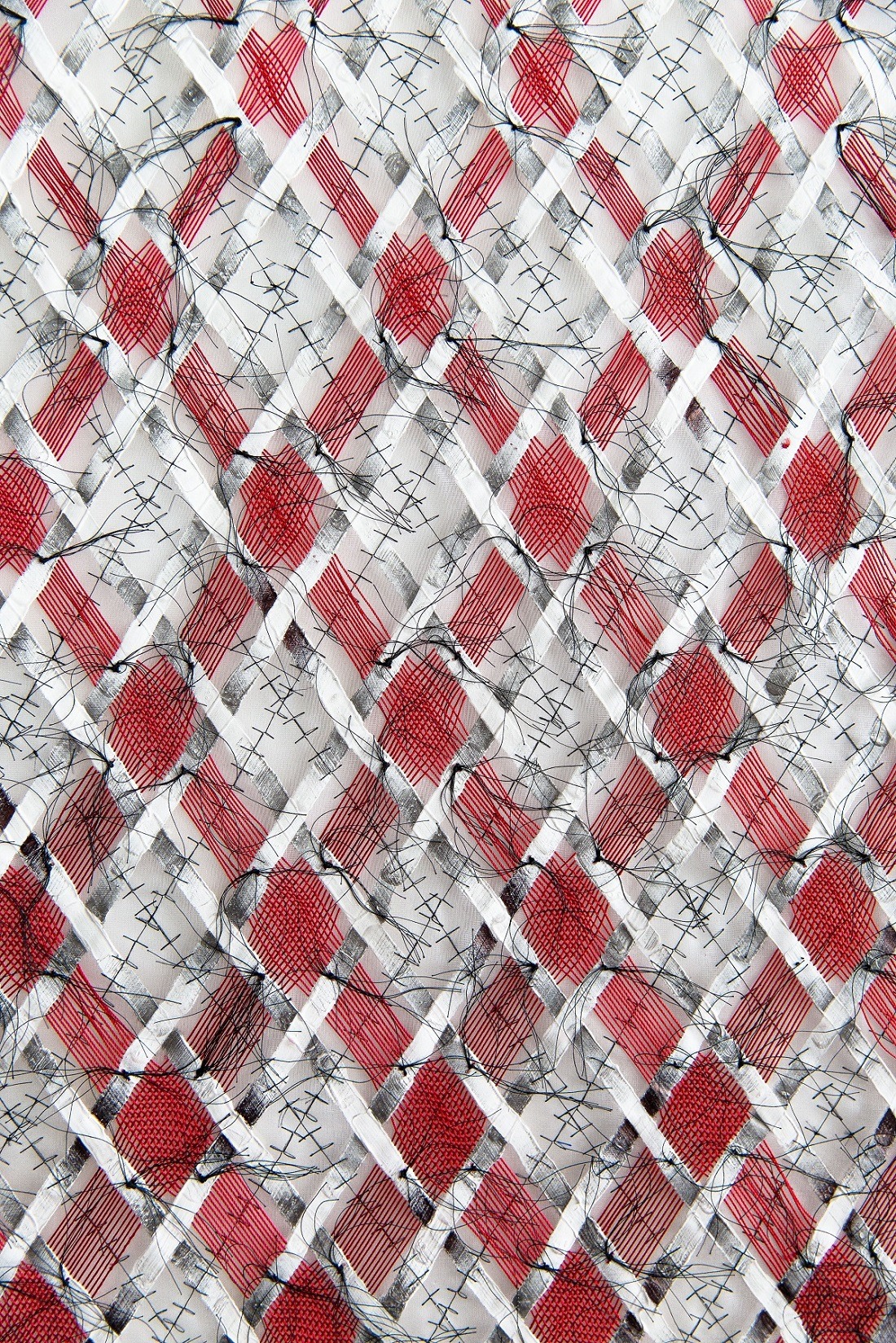
Embroidery in childhood
TextileArtist.org: What initially attracted you to textiles as a medium? How was your imagination captured?
Solenne Jolivet: I started stitching at the early age of eleven and as a child, I told my whole family that I wanted to become an embroiderer. At the time, I remember my grandfather handing me some newspaper articles on economic affairs, asking me “Why not work at the bank?” But I was focussed on my goal.
I received a baccalaureate in Applied Arts in 2008 and then a diploma from École Duperré in Textile Arts, where I specialised in embroidery. For two years, I familiarised myself with all types of fabrics, supports, the history of embroidery and studied drawing techniques. I became totally immersed in the subject and embroidered all day long. It was brilliant!
After my education, I first worked in several fashion companies, in Italy and Paris. But my career was always linked to textiles. I’ve always been drawn to the textiles industry and its connection with a broader universal heritage. Embroidery is one of the oldest decorative arts in the world. The needle was invented 45,000 years ago – that’s an incredible thought!
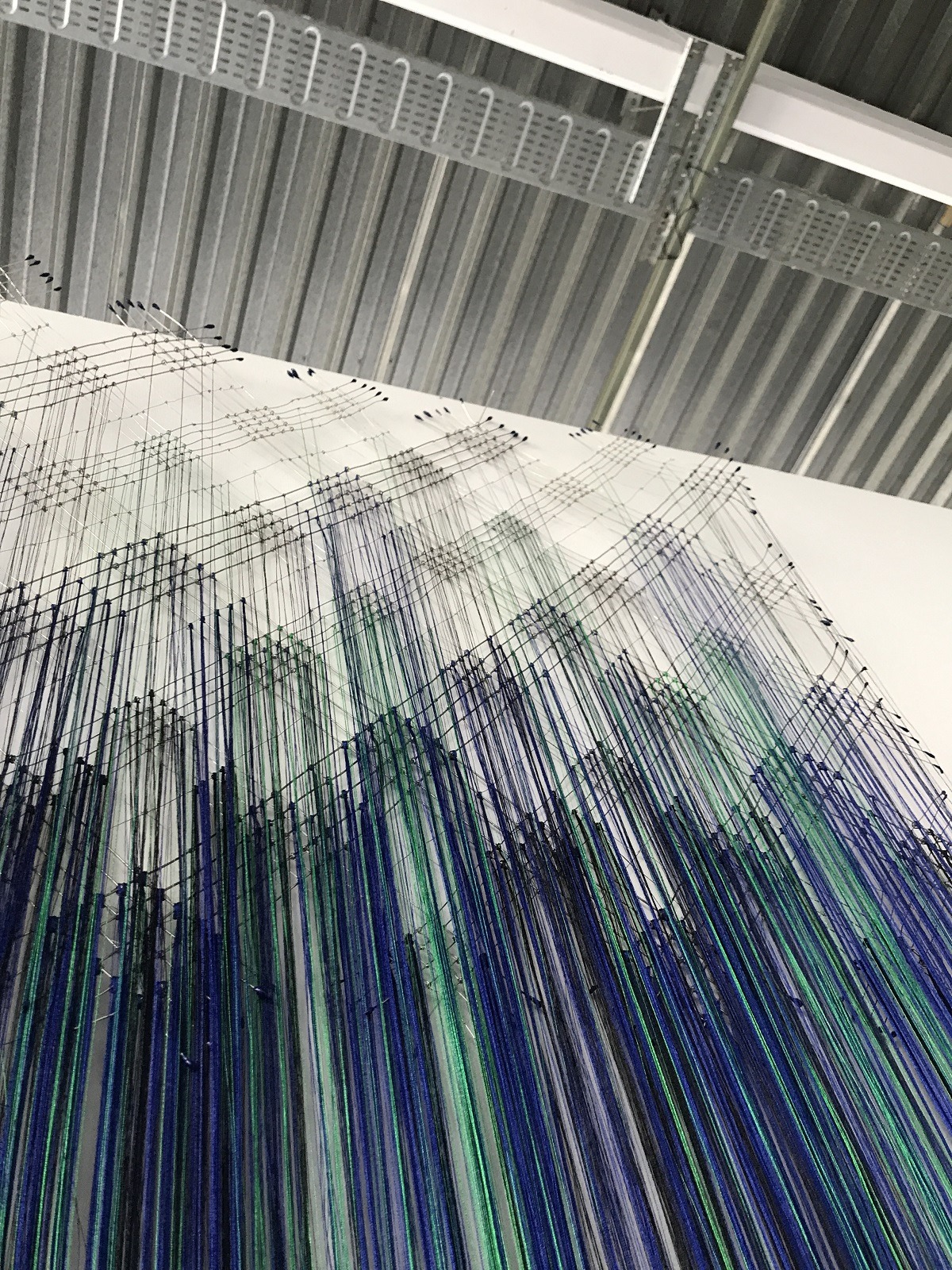
What or who were your early influences and how has your life/upbringing influenced your work?
Artists have many options at their disposal. To me, embroidery is like drawing or painting, with the thread acting as both a pigment and a line.
In my art, I have never aligned with traditional embroidery because I believe it restricts itself to utilitarian and decorative purposes, such as displaying a shape or an effect. I do not have much regard for pearls or sequins or shiny things. I look elsewhere for inspiration; architecture, paintings, drawings and glasswork. I study things that are not thread-based to make me think outside the box.
When I was in Italy, I used to work for a provider of high-quality silk. I saw how the chains made of silk threads were prepared in the factory and was so fascinated by how the thousands of orderly threads were organised in such a complex and fragile way. Since then, I have always loved to visit thread mills to see materials in their raw state.
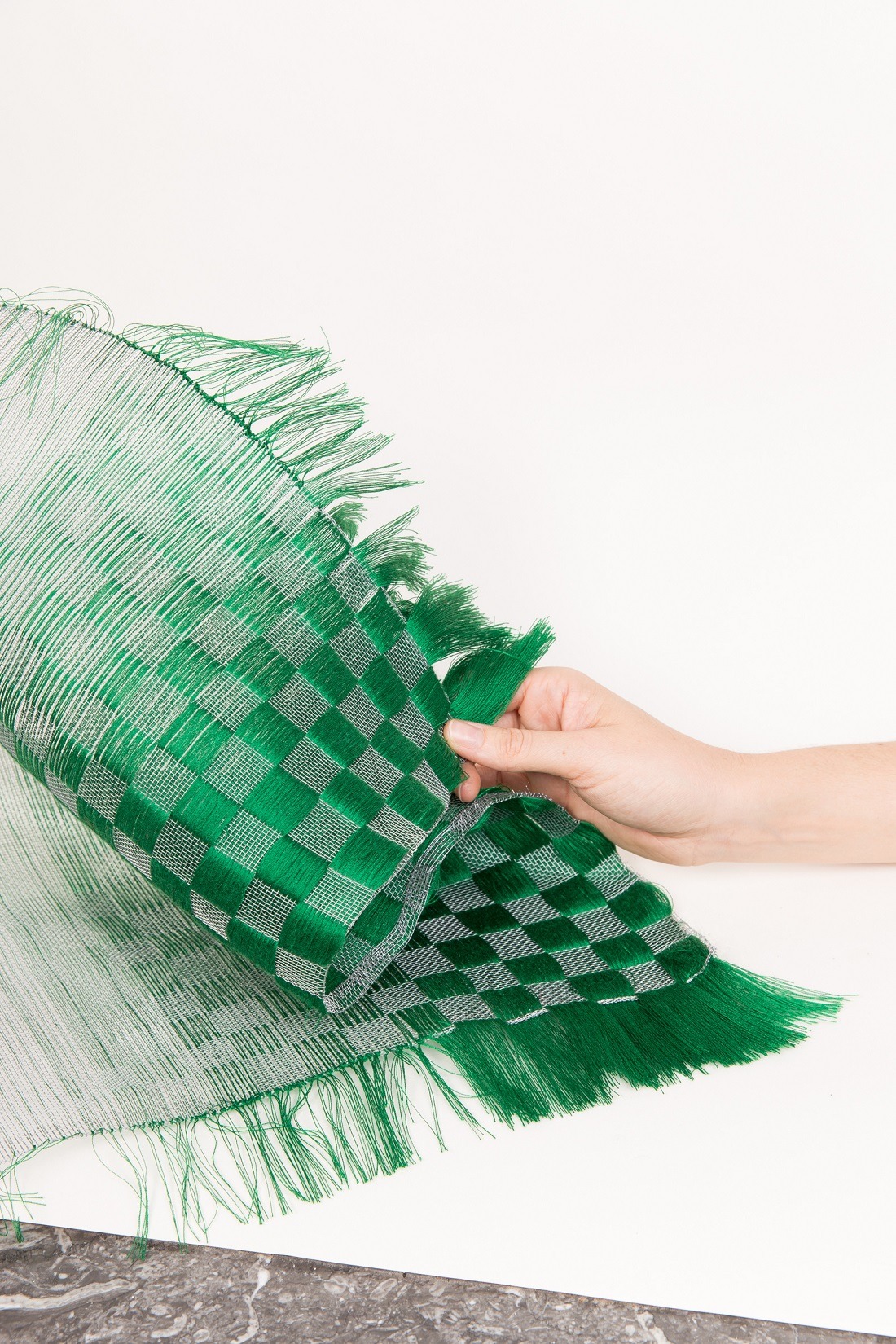
What was your route to becoming an artist?
I think I am only just starting my journey as an artist. My development started with my studies. At the École Supérieure d’Arts Appliqués Duperré (School of Applied Arts), Paris, I gained a Diplôme Supérieur d’Arts Appliqués (4-year Higher Diploma) in Applied Arts specialising in Fashion and Design, and a Diplôme des Métiers d’Arts (2-year Diploma of Crafts) specialising in Embroidery.
I branched out to take a postgraduate qualification at the Institut Français de la Mode (French Institute of Fashion, Paris) in Fashion and Luxury Management. This enabled me to begin a marketing career in the fashion industry in Italy and France, working for Taroni, Hermes and Carven. In 2017 I decided to go it alone and became a freelance Textile Artist and Embroiderer.
For the last couple of years, I have work on projects with high-end clients including Louis Vuitton, Dior, Yves Saint Laurent and Schiaparelli, as well as developing my own work for exhibitions. When I started working freelance, I knew I wanted to develop my own vision of embroidery. I wanted to work independently from what is done in haute couture.
Little by little, things started falling into place and I am now producing more work to showcase. I feel much more confident now when it comes to taking part in prizes and competitions. I feel like I am reaching new ground, taking new opportunities and accepting new challenges as I work towards my next series of pieces.
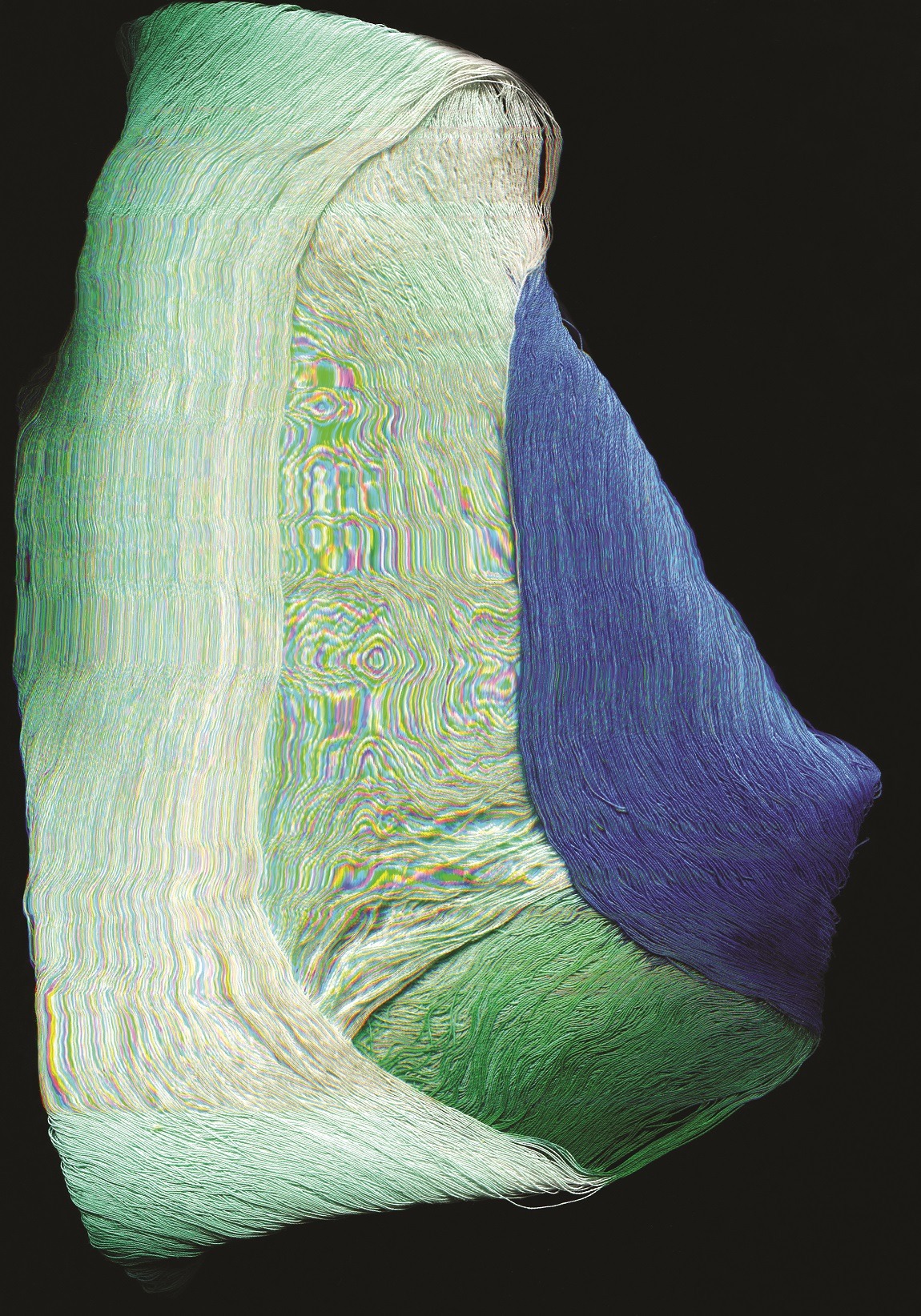
Experimentation comes first
Tell us about your process from conception to creation
Usually, I prepare all my pieces on paper first. I have sketchbooks full of drawings all done using a four-colour pen.
Then I move on to sampling. This generates boxes and boxes full of prototypes. The sampling process helps me try out different combinations. I can confirm ideas or see what doesn’t work at all. It’s a very empirical process. I feel like a person in a laboratory; researching, trying and verifying.
The endless possibilities that can be generated are attractive but daunting. That’s why I decided lately to restrict myself and try using limitations to focus on a more precise avenue of research.
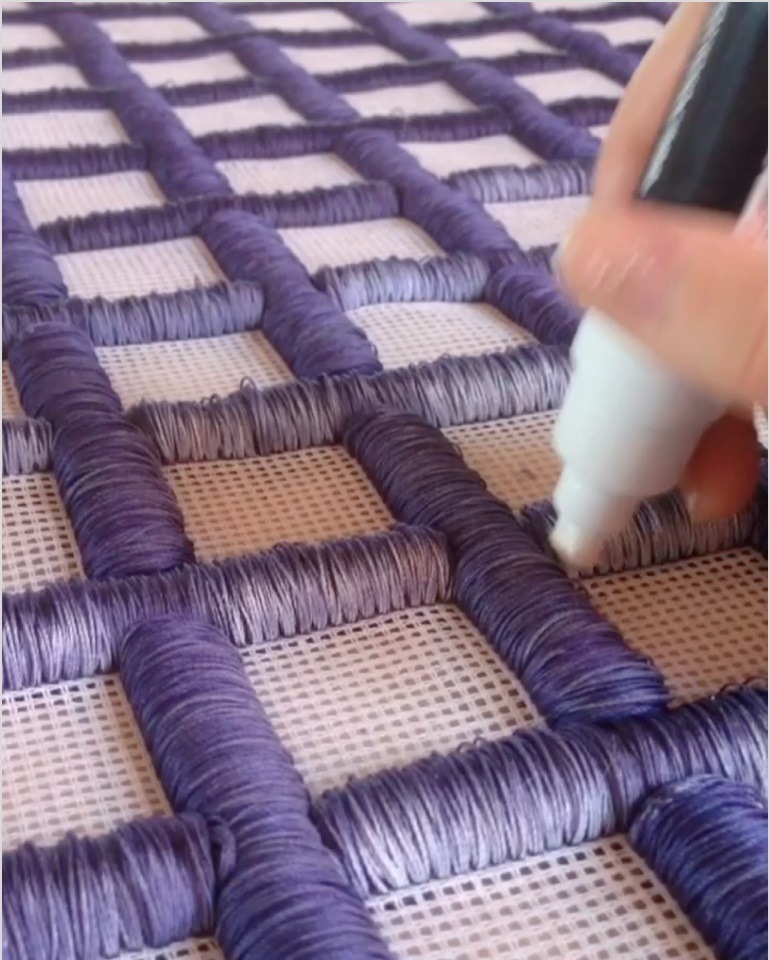
Tell us a bit about your chosen techniques and how you use them
In my work, I mostly use thread as a line or as a sculptural element, which can create density. For me, a thread is a tool. It’s embroidery 101! It is also a pigment that can be mixed or diluted.
I develop my work as a picture around threads. For instance to see how white embroidery can be the support for colour through the application of dyes after the embroidery process. What interests me is making these techniques meet where they would usually avoid each other. There is a lot to do on this subject.
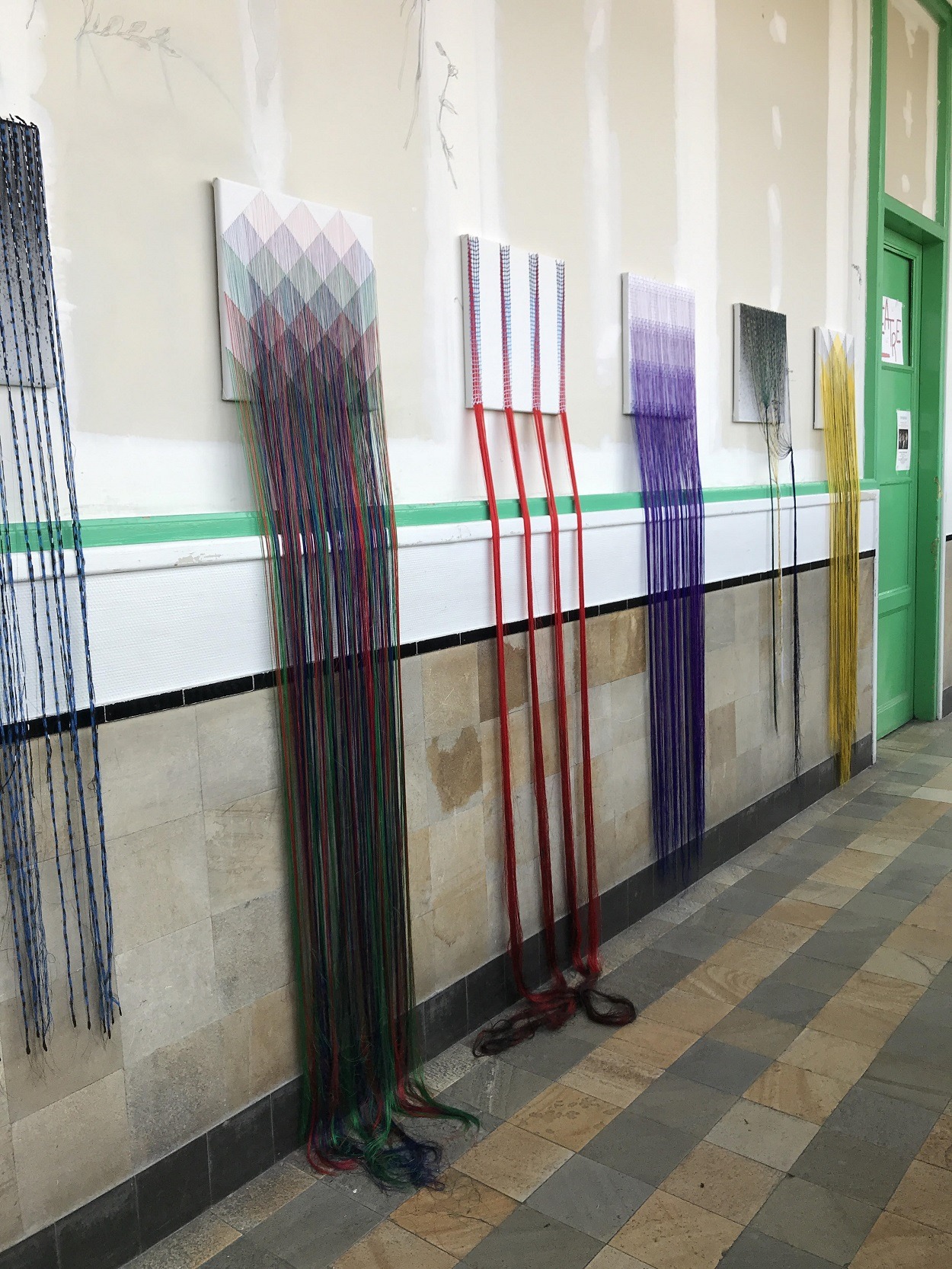
What currently inspires you?
At the moment, I’m researching the geometric patterns found in medieval stained-glass and illuminations. What fascinates me is how they managed to express space and nuance, with very few means, for example using primary colours, with black to outline the shapes and give them volume. I want to tap into the power of working within limitations.
The works of Katharina Grosse, Bernard Frize, Anish Kapoor, Olafur Eliasson interest me a lot, too. These artists seem to be able to use an economy of means, along with the purity and power of their material, be it colour or light, all at the same time.
I think we are returning to an era where craftsmanship is valued. Using thread is a beautiful way to show reality and the present moment. I am inspired by the possibilities of collaborating with matter and nature, through an artistic, handcrafted or technical goal.
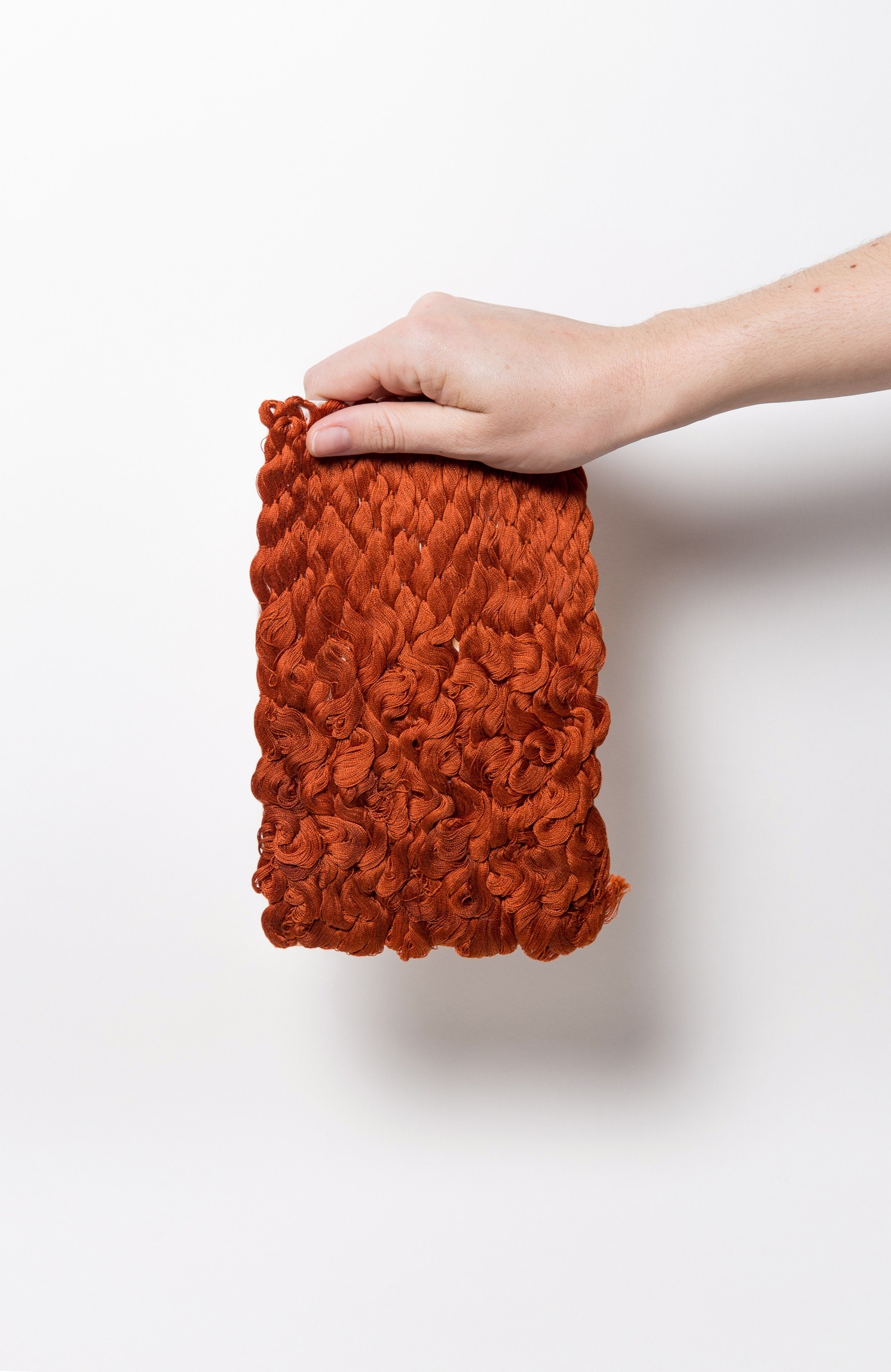
Finding my style
Tell us about a piece of your work that holds particularly fond memories and why?
It is a sample that I developed during my time at École Duperré made with patterns of brown thread. It looks like an orderly hairdo and it is made with thread only, and nothing else.
I made this sample ten years ago but it is still to me a great source of inspiration for what is yet to come!
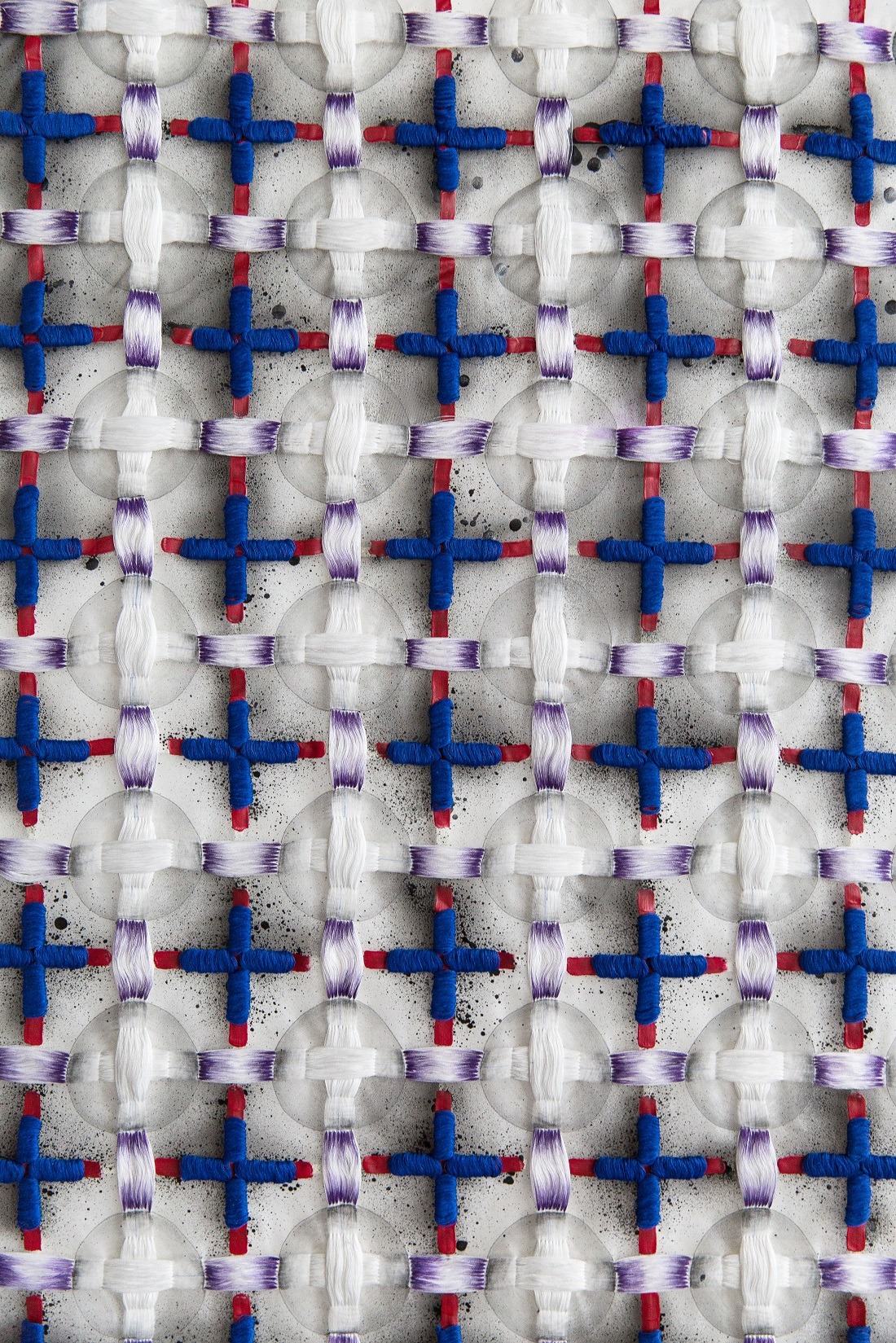
How has your work developed since you began and how do you see it evolving in the future?
The work I am currently developing has nothing to do with what I used to make before, which was more conformist and less personal.
For the past two years, I’ve been making many different things. Through this research I feel that now I am getting closer to what I need to do, to what is worth developing. It takes time to define yourself, to find the right angle and I have given myself that time.
I am really looking forward to seeing what I will be doing in five or ten years, and to live through these personal revolutions!
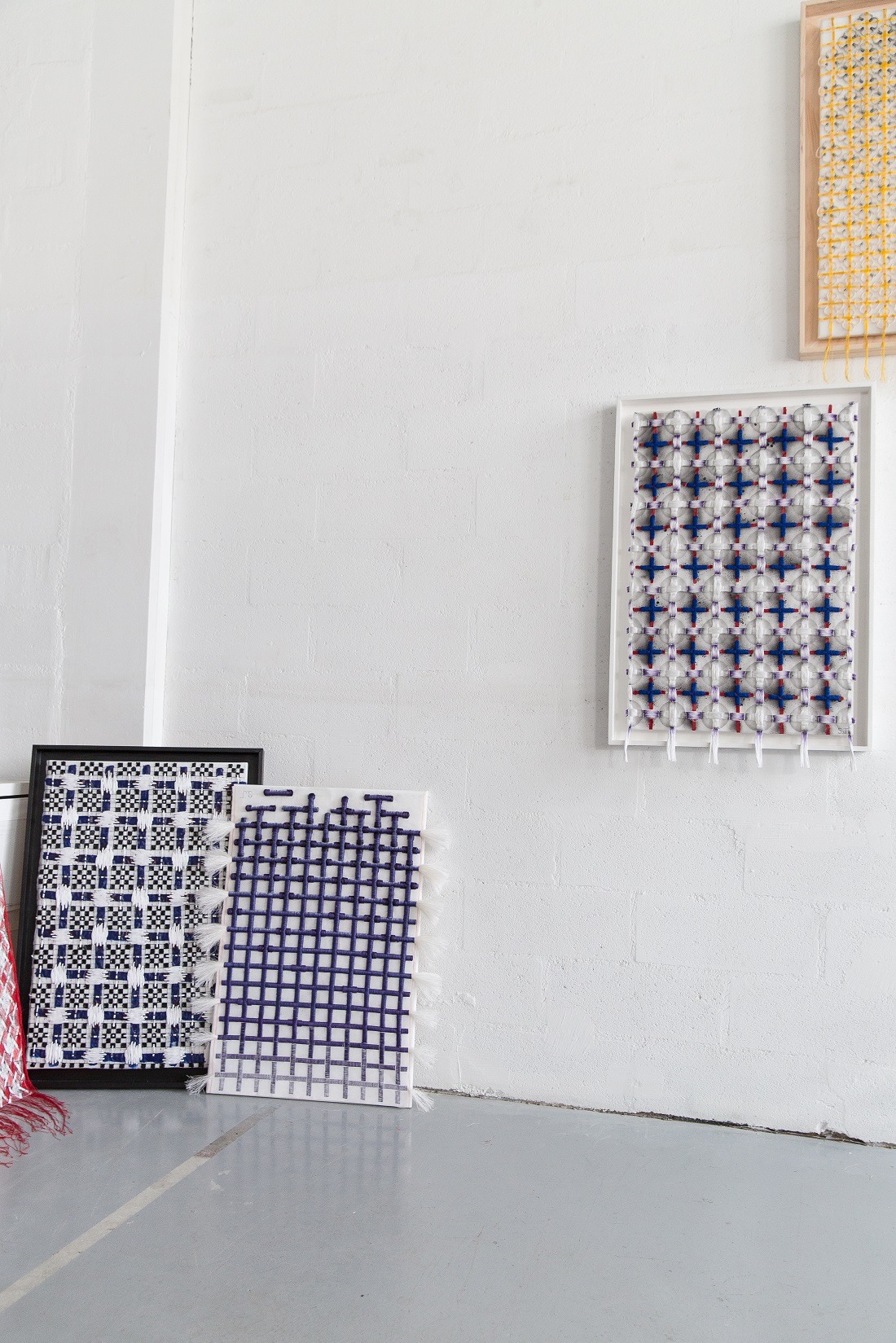
What advice would you give to an aspiring textile artist?
Free yourself as much as possible from the notions of trend and influence. I encourage you to find your own way, your own form of expression. And to assert yourself and your approach by conceptualising your work little by little, feeding it with references.
Keep an ounce of dissatisfaction with your work because that’s what makes it improve. Take your time, because you have to let things mature. Take a step back to appreciate your work better, build up your confidence step by step and find your themes.
Look for a variety of sources of satisfaction with materials. Bear in mind that ideas generally spring to mind when you least expect it!
You can see more of Solenne’s work on Instagram
If you’ve enjoyed discovering how Solenne found her path in textile art, why not share this article on social media using the buttons below?
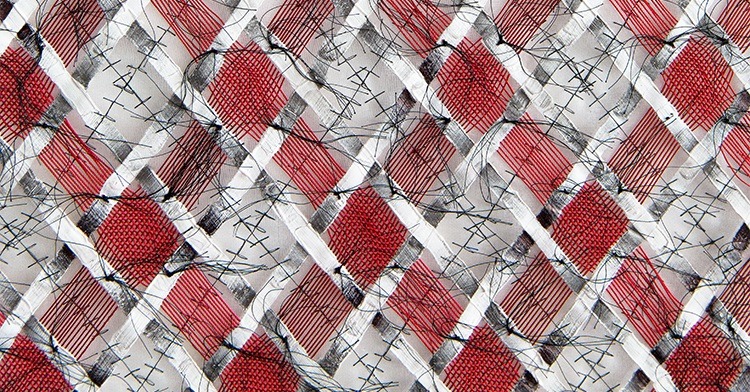
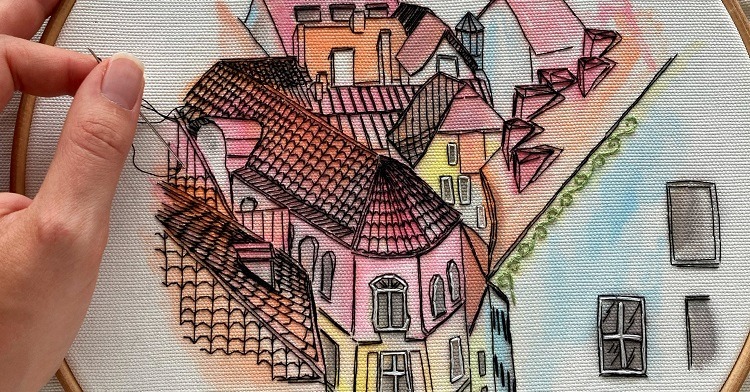

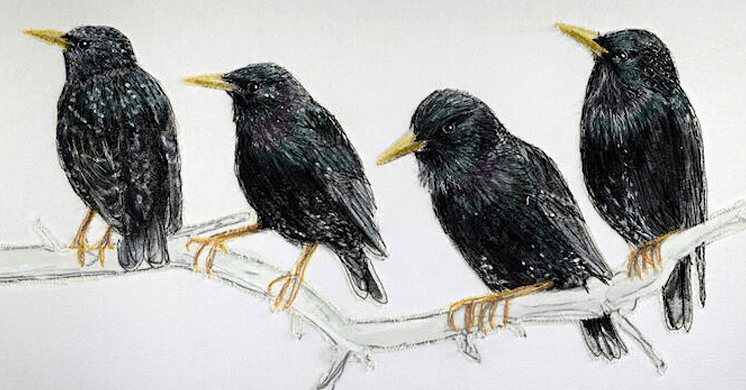
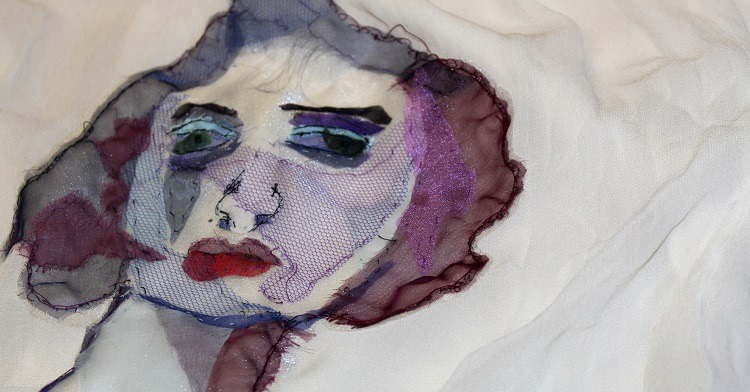
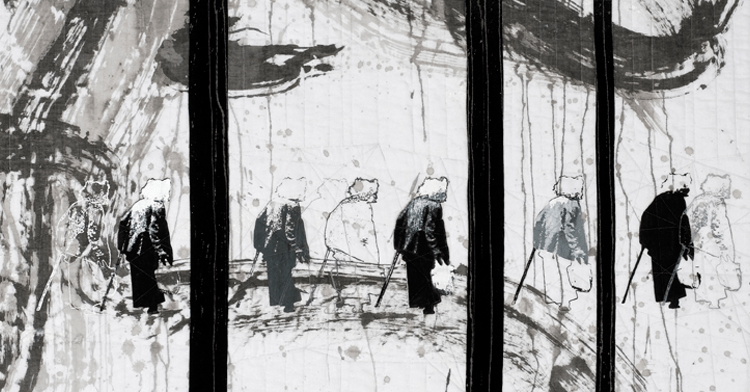
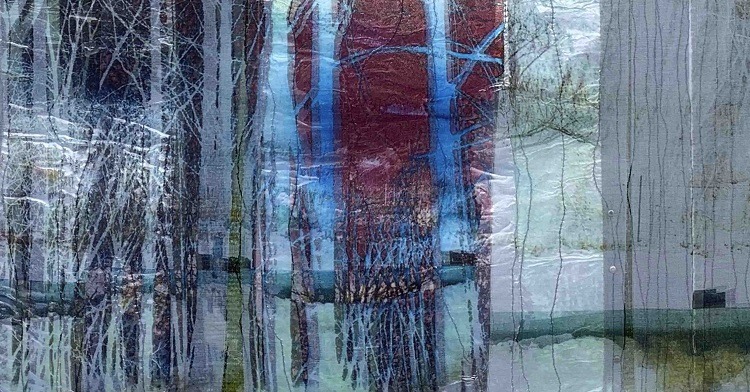
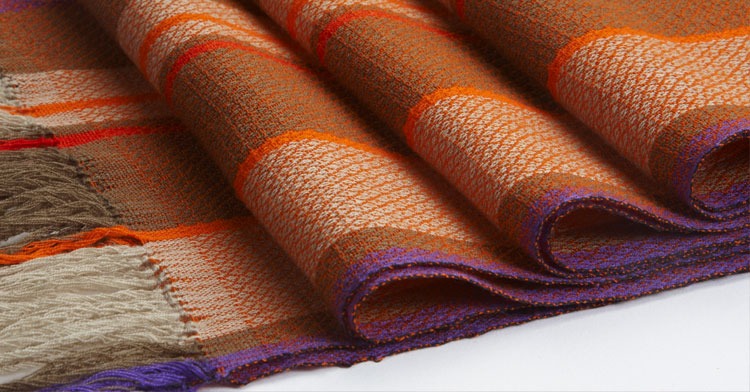
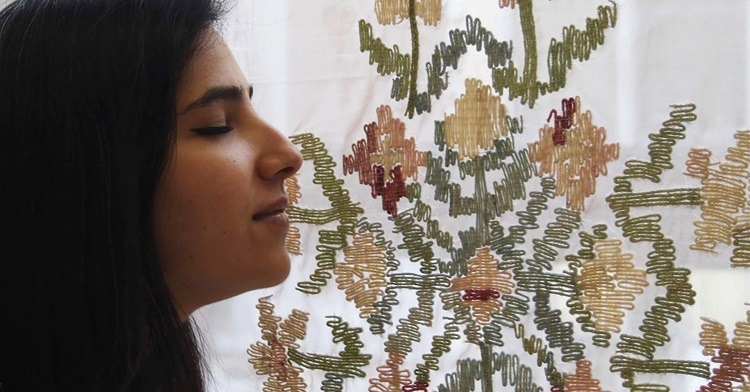
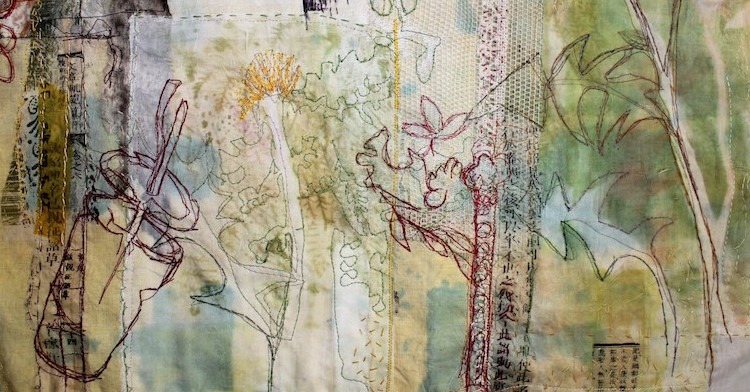
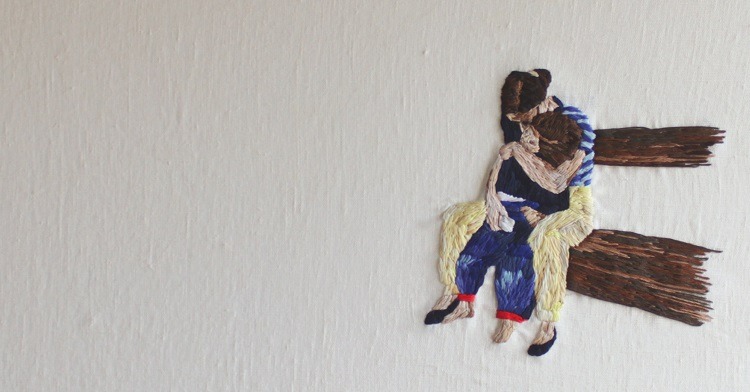
Comments